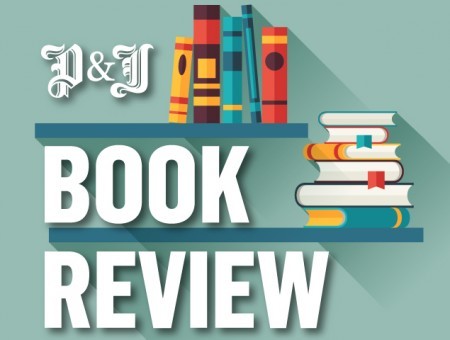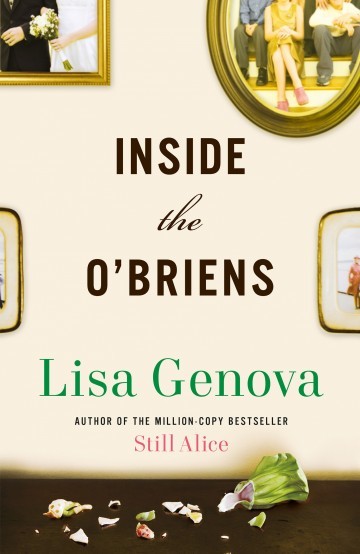Published in hardback by Simon & Schuster, £18.99 (ebook £11.49)
Following hot on the success of the big-screen adaptation of Lisa Genova’s debut novel Still Alice – an exploration of Alzheimer’s disease – the Harvard-educated neuroscientist’s fourth novel, Inside The O’Briens, cements her reputation in another defiant and unforgettable story.
Joe O’Brien is a formidable Boston policeman and proud paterfamilias of the O’Brien clan – wife, Rosie and his four grown-up children, JJ, Patrick, Meghan and Katie.
Out of the blue, he gets a diagnosis that sends shock waves through his beloved family – Huntington’s Disease. As there’s a 50% of the illness being inherited, Joe’s diagnosis seals not only his fate but cruelly threatens the lives of his children.
Each sibling faces a choice as to whether to get tested for the disease, and for youngest daughter Katie, it becomes a frightening game of Truth or Dare: to take the test and discover her fate or not to take the test and live with the uncertainty.
Given the subject matter, it would be easy for this novel to slip into sentimentality and despair, but blessed by Genova’s touch it balances poignancy and emotion with a power and optimism that stands in defiance of the disease it portrays.
Crucially, Genova’s novel succeeds in shining a spotlight on one of the cruellest of illnesses – and one without treatment or cure – giving a voice to those who suffer. Yet a curtailed ending and a focus on multiple characters ensures that this becomes not so much a story about the devastation of illness, but about the strength of family.
The novel deals some crushing blows but also delivers some rays of hope and is, at heart, a gripping and affecting story. Lisa Genova once again proves herself to be at the forefront of this genre both as an author and a humanitarian. A real triumph.

